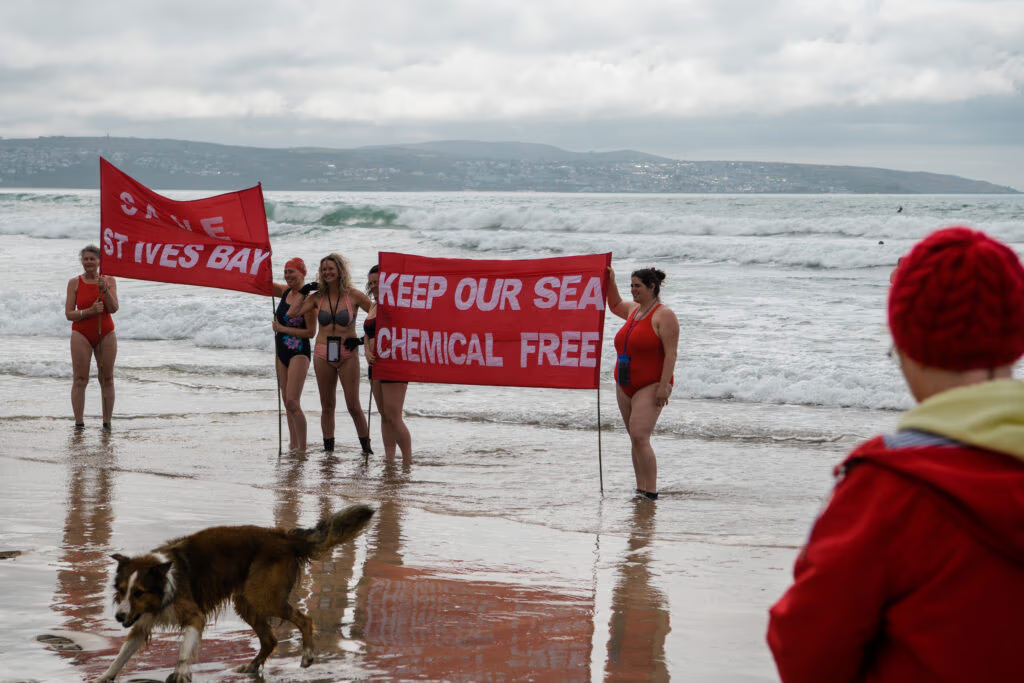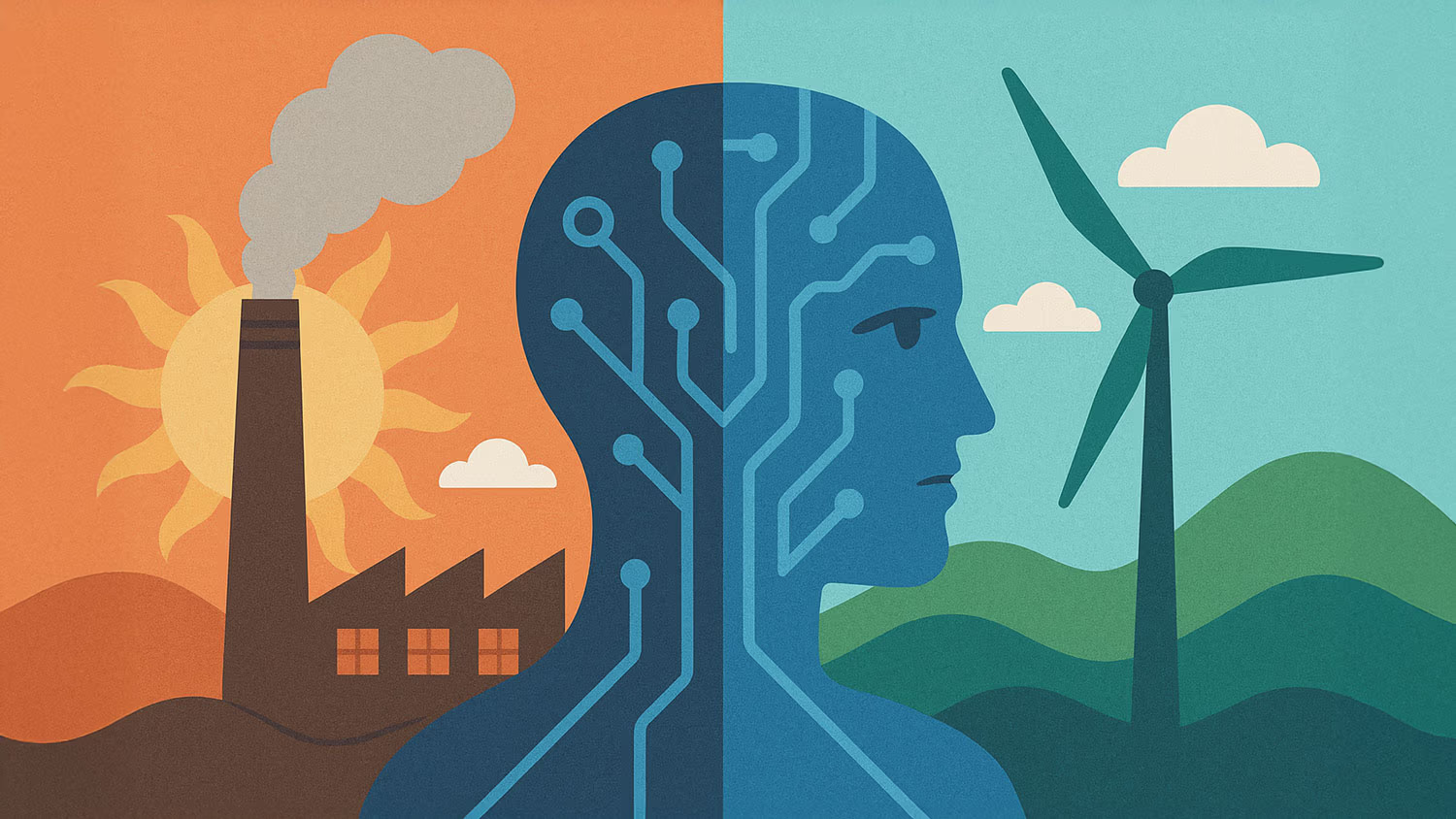As the climate crisis becomes increasingly tangible, geoengineering—once the domain of science fiction—is entering the real world. Scientists are proposing large-scale experiments: from altering the composition of clouds to chemically modifying seawater. But these initiatives face an unexpected obstacle—local communities. From California to Cornwall, climate projects are being blocked not by governments or environmentalists, but by residents who were never asked. Growing mistrust is turning even the most carefully designed experiments into symbols of public fear. And scientists are beginning to realize: without social support, even the most promising technologies will remain on paper.
How a Cloud Brightening Experiment in Alameda Ended in Ban and Backlash
In June 2024, the Northern Hemisphere was gripped by an extreme heatwave. Wildfires raged across California, destroying parts of Los Angeles and claiming nearly 30 lives. Against this backdrop, the decision by the city council of Alameda—a small town near San Francisco—seemed paradoxical: local authorities banned a scientific experiment aimed at combating the climate crisis. Two months earlier, a team of scientists from the University of Washington had begun spraying a saline solution from the deck of the decommissioned aircraft carrier Hornet, intending to brighten the clouds above the San Francisco Bay. The procedure was meant to increase the reflectivity of the cloud layer and send more sunlight back into space.
Cloud brightening in Alameda.
However, the researchers failed to inform local residents about their initiative. Even Alameda Mayor Marilyn Ezzy Ashcraft learned about the project by chance from an article in The New York Times. The community’s reaction was overwhelmingly negative. The scientists issued a public apology before the city council, but it didn’t help: authorities deemed the experiment a violation of the aircraft carrier's lease terms and immediately banned its continuation.
This was not an isolated case, writes Rebecca White in the April issue of *Science*. According to her, geoengineering projects—technologies aimed at deliberately altering Earth’s climate—are increasingly being shut down even before initial field tests begin. Securing community consent has become a key factor, yet many project teams either overlook it or treat it as a formality. Over the past three years, several climate engineering initiatives have been halted due to public opposition.
The idea of artificially cooling the planet by spraying particles into the stratosphere dates back to the Soviet Union in the 1970s. Yet no large-scale project has ever been fully implemented. One of the most high-profile examples is the cancellation of the Stratospheric Controlled Perturbation Experiment (SCoPEx), initiated by Harvard University scientists. In the late 2010s, they planned to release around one kilogram of sulfur dioxide and calcium carbonate into the atmosphere to test the feasibility of reflecting solar radiation.
How cloud brightening could help address global warming.
Initially, the project was to be carried out over the skies of the United States, but it was later relocated to Northern Europe, with Sweden chosen as the site. However, there the scientists encountered strong public resistance, including from prominent climate activist Greta Thunberg. As a result, in March 2024, Harvard announced the complete cancellation of the project.
As noted by MIT Technology Review, at some point SCoPEx became a symbol of public anxiety about geoengineering. One of the project’s authors, Professor David Keith, admitted that the team was completely unprepared for public engagement. He expressed regret over the failure and suggested that the outcome could harm the entire field: "This is truly unfortunate," Keith said. "I apologize."
Why a Canadian Startup Proposed Altering Ocean Chemistry off the UK Coast
In March 2023, Canadian startup Planetary Technologies introduced a project to the residents of the small British town of Hayle in Cornwall, aiming to alter the chemical composition of seawater. The proposed technology was based on increasing the ocean’s alkalinity to significantly accelerate the absorption of atmospheric carbon dioxide.
The company spent a long time selecting a suitable location for the trials and ultimately chose St Ives Bay, off the coast of which Hayle is located. At first, the Canadians appeared well-prepared to engage with the local community. A municipal utility company partnered on the project, which was expected to boost public trust. Additionally, representatives from Planetary Technologies organized a public meeting with residents.
However, as Rebecca White notes, the attempt to establish dialogue with the community ended in failure. "The meeting was terrible," writes White, quoting marine mammal researcher Sue Sayer. According to Sayer, the startup’s representatives allotted only 20 minutes for discussion before moving on to informal chats over wine and snacks. The townspeople reacted negatively, refusing to end the discussion and demanding complete and thorough answers to their questions.
The answers they received did not satisfy the residents. In particular, the company’s promise to halt the experiments in case of negative effects was seen by locals as a sign of indifference to potential environmental risks.
Town council member Senara Wilson Hodges launched a protest campaign under the slogan "Keep Chemicals Out of Our Sea." Campaign participants questioned the startup’s motives and the economic rationale behind the project—especially given that the magnesium salts required for the experiment were to be shipped from northern Spain.

Protest Against Planetary Technologies' Experiments.
Planetary Technologies’ failed initiative became yet another example of poor engagement between a geoengineering project and the local community. The situation was further complicated by the fact that the utility company partnering with Planetary Technologies had previously been accused of polluting local beaches with sewage, undermining public trust even more.
Additionally, the chosen location was ill-suited for such experiments. "Cornwall residents have good reason to be skeptical of chemical experiments at sea," White points out. "In 1967, one of the UK’s worst environmental disasters occurred just off its coast: a massive oil spill caused by a tanker accident."
As a result, the Planetary Technologies project was never implemented in the UK, and local residents maintain that their activism helped highlight the flaws in both the proposed technology and its financial model.
What Fuels Public Distrust in Geoengineering—and Why Dialogue Keeps Failing
People’s concerns about geoengineering projects are understandable, White emphasizes. Researchers in this field aim to manipulate complex and sensitive natural systems like oceanic processes or the global hydrological cycle. These technologies could offer massive benefits—but they also carry the risk of large-scale, irreversible consequences if they fail.
“It’s impossible to extract sulfur dioxide from the stratosphere or fully remove mineral sand particles from the seafloor once they’re used to capture CO₂,” the Science article notes. That’s why these projects provoke even more public concern than other controversial technologies, such as genetic engineering.
White argues that geoengineering specialists would benefit from studying the findings of social scientists. In 2024, a team of European sociologists led by Danish researcher Livia Fritz published a study on public perceptions of global warming and geoengineering. Through focus groups in 22 countries, they found that current public engagement mechanisms in climate projects often fail to build trust.
“Most participants expressed disappointment with such engagement,” Science quotes Fritz as saying. “It’s not that people don’t want dialogue. The problem is that they’ve previously experienced manipulative approaches where ‘engagement’ amounted to persuading residents that scientists were right—rather than truly discussing the issues.”
The article’s author stresses that geoengineers should listen more closely to local communities, who best understand the specifics of their regions and can foresee problems related to such experiments. One example comes from Emily Cox, a sociologist at Cardiff University, who notes that the number of staunch opponents of geoengineering in the UK is relatively small.
“People are more concerned about practical matters,” Science quotes Cox. “Will they have to compete for resources like electricity with energy-hungry CO₂ removal systems? Will new projects drive up housing prices due to land shortages?”
Such questions can be ignored—but at great cost. In the long run, dismissing public concerns may damage the reputation of geoengineering and create fertile ground for conspiracy theories. For example, in March 2023, an international research team led by Ramit Degnat found that public perception of geoengineering projects is significantly influenced by the popularity of conspiracy theories like “chemtrails.”
Where and Under What Conditions Cloud Brightening Gains Public Support
Research by sociologists, anthropologists, and economists not only helps explain why certain projects fail, but also offers guidance for geoengineers. For example, the work of Livia Fritz and her colleagues showed that residents of the Global South are generally more supportive of climate experiments. This is hardly surprising—these regions are among the most affected by the consequences of global warming.
At the same time, residents of poorer areas in the United States may react negatively to environmental experiments. Many of these communities still suffer from the legacy of industrial pollution. However, as White notes, citing a report by the Lawrence National Laboratory, such places may actually be well suited for the deployment of mature geoengineering technologies—on the one hand, they have industrial infrastructure, and on the other, they face high unemployment.
There are already successful examples of collaboration between geoengineers and local communities. For instance, Planetary Technologies—which faced a backlash in Hale, UK—is now conducting experiments in its home base of Halifax, Canada. “We need to move from simply informing people to asking: How can we partner with the community? What benefits can we bring them?” Science quotes community engagement specialist Diana Philip of Planetary Technologies as saying.
One of the most striking success stories is that of oceanographer Daniel Harrison from Southern Cross University. He managed to achieve what his peers at Harvard in Sweden and the University of Washington in San Francisco Bay could not. For the past five years, Harrison has led a project spraying saltwater solution off Australia's northeastern coast. The goal is to brighten clouds over the Great Barrier Reef and help protect this vital ecosystem.

Cloud brightening off the northeastern coast of Australia.
As noted, Australian scientists have not encountered protests from local residents or environmental activists throughout the project. "The Great Barrier Reef area is traditionally owned by 70 tribes. Researchers obtain permission from each whose territory overlaps with the proposed experimental zone," White writes. "There’s no point in having a technological solution if you don’t have a social license to use it," the article in Science quotes Harrison as saying. "If the community and the public don’t support the project, it’s not going to happen."
The Heat Ahead

Antarctica Is Losing Ice—Against Expectations
Rising Ocean Salinity Accelerates Warming and Destabilizes the Climate System

'Climate Realism'
A World Three Degrees Warmer—and Colder in Blood

AI’s Carbon Conundrum
The technology that could save the planet might also help burn it

Melting Glaciers Threaten Large-Scale Consequences for the Planet
Why Can’t the World Afford to Lose Its Ice?

Less Ice, More Flowers
Antarctica is Warming Rapidly

